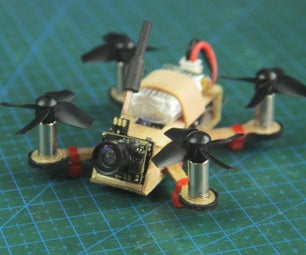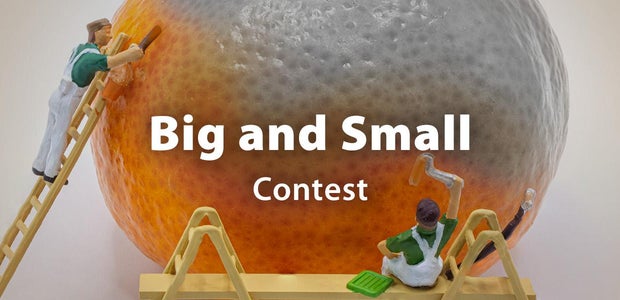Introduction: Intro Into SMD Soldering
WARNING: SMD components are very sensitive to heat, make sure you let your SMD cool down after every step.
I will start adding videos to this:
Making the base:
Place the SMD:
Since I was using a broken SMD here I forgot to do this, after soldering a side of pins the SMD will grow very hot get your sponge and hold it on the smd until it cools off, do this after the other side also. The reason you should do this is because you do not want the SMD to overheat and break.
Step 1: How They Look
SMD components can be of all shapes and sizes most of the time the really small items or ones with many pins are SMD. Here are some SMD components.
Step 2: Get Your Parts
Now go take your time and go find all the SMD components your heart desires BUT make sure the breadboard or PCB you are soldering them to is compatible with them. I used a old phone-line PCI card for this tutorial.
Tools:
Soldering Iron
Forceps
Desoldering Braid
Solder
Scissors
Moist sponge
Use scissors to cut off peices of desoldering braid
Step 3: Set-up Your Workspace
I like using a table, you can use anything you like as long as it is clean and flat. I usually place a sheet of paper under my breadboard or PCB to help me consentrate. This peice of paper will also catch any solder that comes off the board. This is the step you should start warming up your soldering iron.
Step 4: Tin Your Tip
I forgot to film this part (woops) so I suggest you go to this instructable:
How to tin the tip
Step 5: Make the Base
I call it making the base because this is where you will base your SMD component, take some solder and soldering iron and add miniscule amounts of solder on each of the connections, it does not matter if the solder connects with other connections.
Step 6: Placing the SMD
Now go get those forceps and pick up your little SMD, I CANNOT STRESS THIS ENOUGH! MAKE SURE WHICH WAY YOU MUST SOLDER THE SMD, KNOW WHERE PIN 1 OR + IS AND ALIGN IT WITH THE BOARD!!! Now grab your soldering iron and heat up a connection of solder and place the SMD, CORRECTLY, on it, again it does not matter if the solder makes connections with other connections. Now place solder on all the connections like I did in the picture this is a lot easier to do. Then grab your sponge with a little water on it and run the top of the smd a little rub the connections also.
WARNING: As I said SMD components are sensitive to heat, do this step very quickly.
Step 7: Touching Up
Now for the final step... Grab your desoldering braid and soldering iron, and forceps. Cut some braid off and pick it up with the forceps, the braid gets super hot in the next steps. Place the braid over the big blobs of solder, still holding it with your forceps. Place your soldering iron over the spot where the blob is, also on top of the braid, the braid should start getting silver, leave it there for 1-3 seconds after you see the silver start coming, pull it off and the blob should be gone and be replaced with single connections. You are now done :P
Step 8: Congratulations
You now know how to solder SMD components, this knowledge should work with any SMD component.












